
Yes, LED light bulbs, like fluorescent and incandescent bulbs, may emit UV radiation (UV rays), but the type of radiation they produce is generally considered non-ionizing.
Non-ionizing LED radiation is considered safe primarily because it has minimal UV emission, produces low heat, adheres to safety standards, and ongoing research supports its safe use.
The spectrum of LED lighting emissions

LEDs (light-emitting diodes) are a form of solid-state lighting that emits light when an electric current passes through a semiconductor material within the diode.
Visible light:
- LED lights emit a wide range of colors, including blue light. The particular semiconductor materials used in the LED and their energy bandgap determine the hue of the light that is emitted.
- Colors can be produced by varying the combinations of semiconductor elements used in LED light bulbs. This allows them to emit visible colors such as red, green, blue, and many more.
- LEDs’ intended output, light, is frequently used for illumination in a variety of applications, including electronic displays and home lights.

Ultraviolet (UV) light:
- Certain LED lights emit a tiny amount of UV light, or UV rays (particularly those used in specific applications like sterilizing, tanning beds, and counterfeit detection).
- Based on their wavelength, a tiny amount of UV radiation from LEDs is usually classified as UVA, UVB, or UVC UV rays. Prolonged and intense exposure to these rays can be harmful, especially to the health of the skin and eyes. These dangers, however, are not comparable to natural light outdoors.
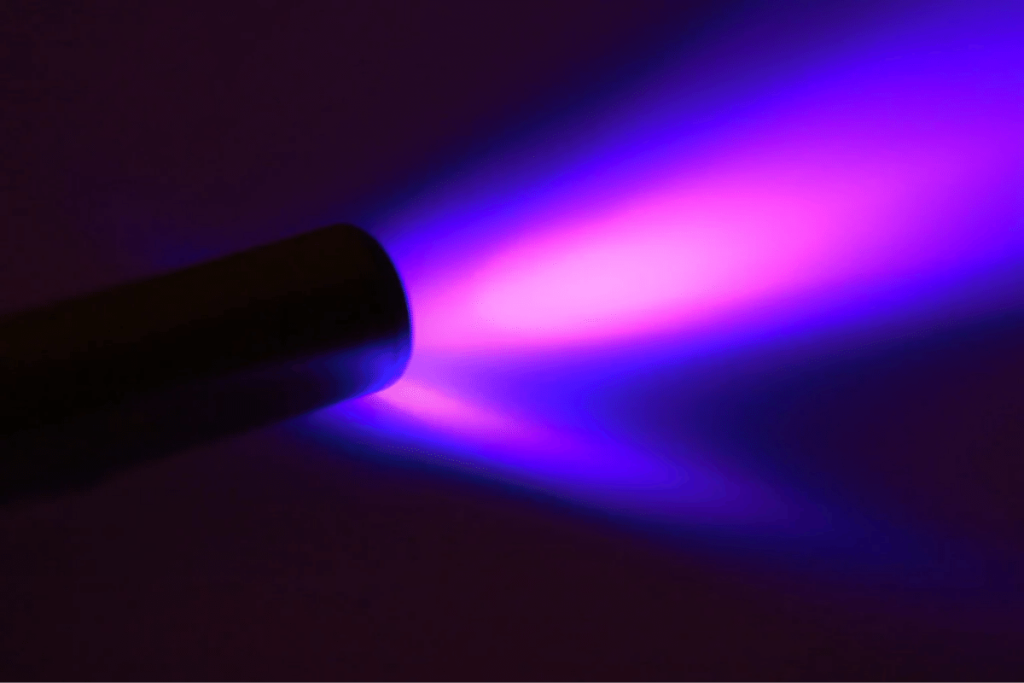
Infrared (IR) light:
- Another part of LED output is infrared light, which has longer wavelengths than visible light and is found outside of the visible spectrum.
- Since IR light is frequently interpreted as heat rather than light, it may be used in devices like sensors, remote controls, and heating elements.
Infrared (IR), visible light, radio waves, microwaves, and some UV radiation (UV rays), such as optical radiation, but in smaller amounts than in incandescent lights or fluorescent bulbs in fluorescent lamps, are all included in the group of nin-ionizing radiation that is generally considered to be safe.
Under safety norms and regulations, LEDs emit a combination of light and a tiny amount of UV radiation and IR radiation. However, the quantity and kind of non-visible radiation are often negligible in comparison to the visible light output.
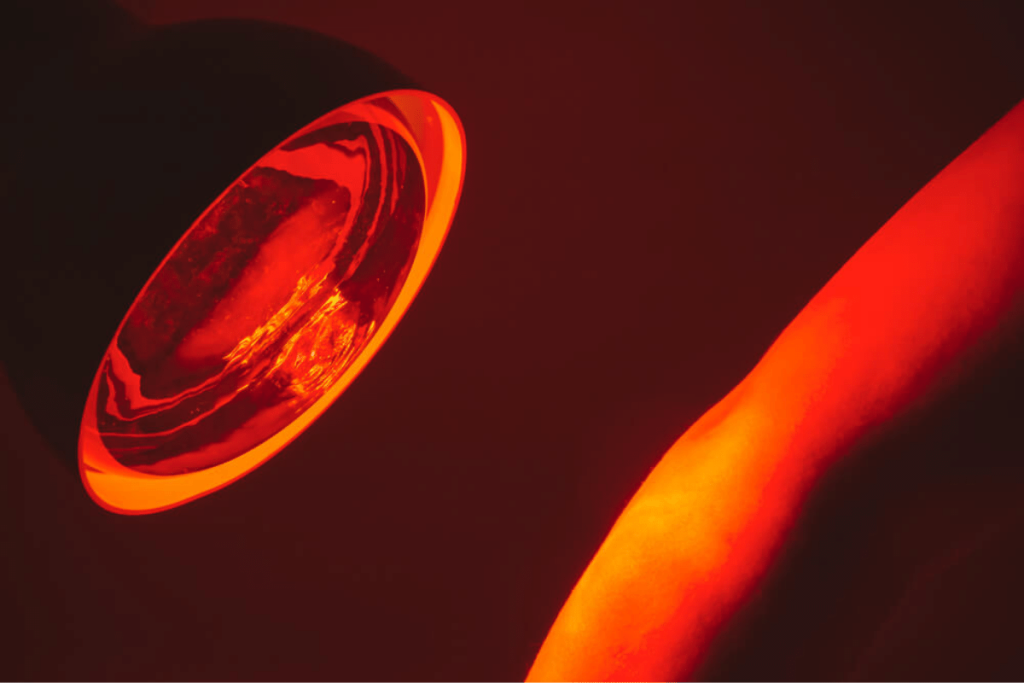
Non-ionizing radiation and LED lights
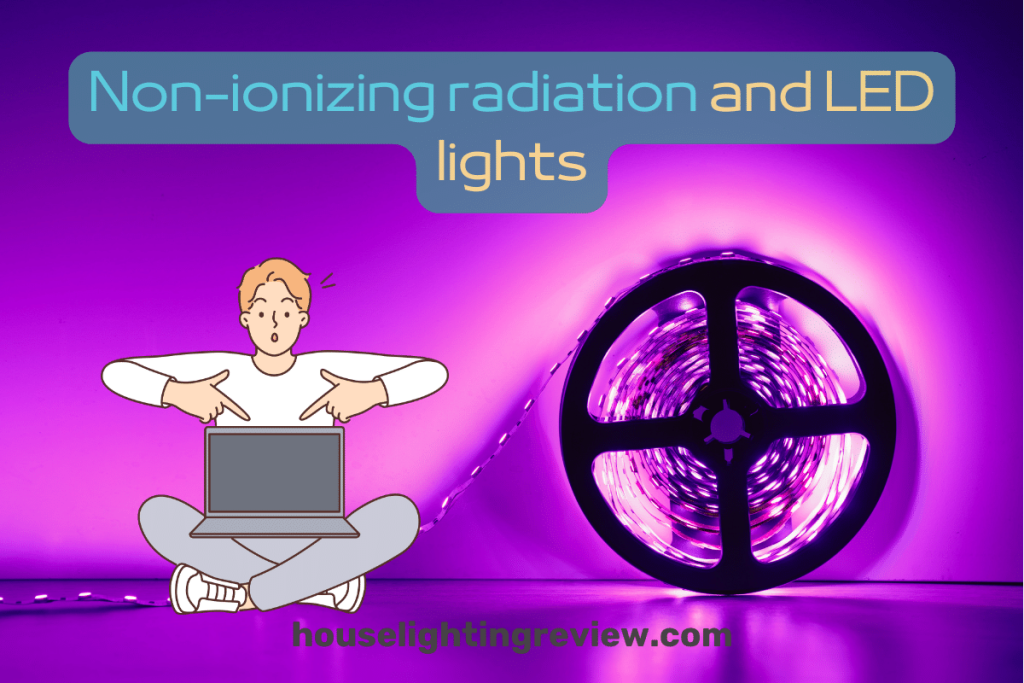
Understanding the extent of non-ionizing radiation of LED lights that may emit UV rays involves measuring and evaluating the specific types and levels of radiation they produce.
Measurement of radiation from LEDs

Spectral power distribution and radiant flux are two important metrics for evaluating LED lighting emissions.
Watts (W) are used to quantify the overall power that the LED source emits as electromagnetic radiation. It offers a general comprehension of the light output.
Insights into the distribution of radiated light and the identification of any amount of UV or infrared (IR) components are provided by the measurement of radiant power emitted at each wavelength across the spectrum by spectral power distribution.
For LEDs, manufacturers frequently offer spectrum data and radiant flux information of electromagnetic radiation, which helps assess emissions and guarantees safety regulations are followed.
Regulations provide limitations and standards for the non-ionizing radiation emissions from LEDs, taking into account things like wavelength characteristics and possible health hazards from extended exposure to particular wavelengths.
In normal exposure circumstances, non-ionizing radiation from LED lights that may emit UV rays — mainly in the form of visible light — poses very little direct risk to human health.
Safety standards and regulations
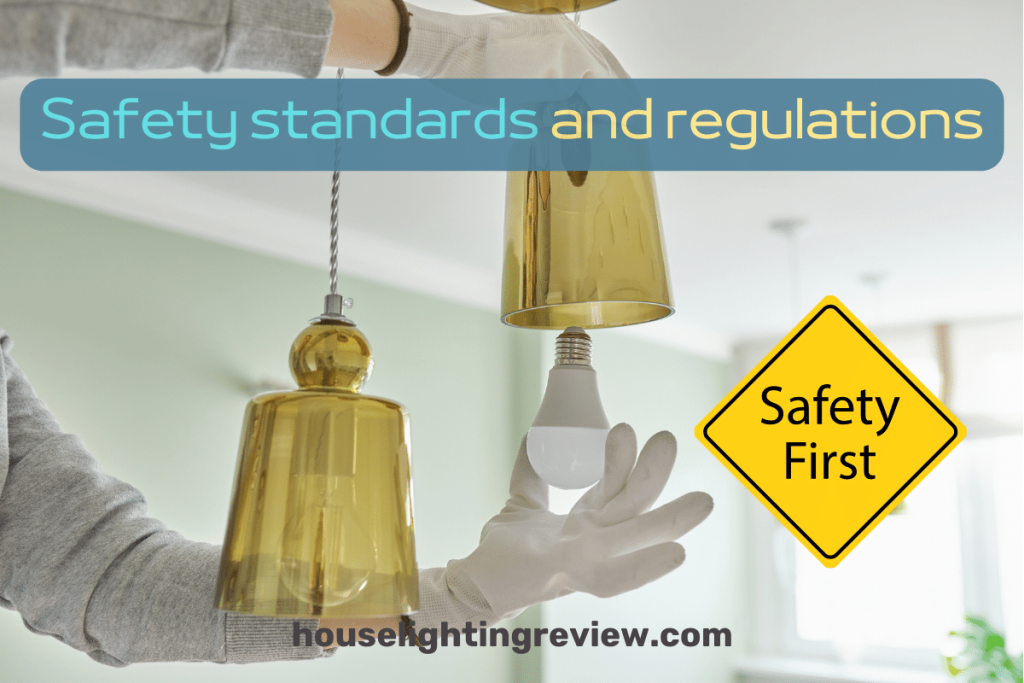
Non-ionizing radiation emissions from LED blue light are subject to safety norms and recommendations set by several international and national regulatory authorities.
To guarantee that LED lights fulfill safety regulations and reduce any possible health hazards, standards frequently contain limitations on spectral power distributions, radiant flux, and particular wavelength emissions.
Manufacturers must abide by these guidelines to guarantee the security of their LED products and their appropriateness for a range of uses, including medical equipment and home lights.
These guidelines are regularly updated and revised to take into account new findings in science and technology, improving safety precautions and reducing possible hazards related to emissions from LED lighting.
Debunking myths and misconceptions

The realm of LED lighting radiation often encompasses various misconceptions and fear-driven claims.
Misunderstandings about LED radiation and UV light

LEDs emit UV rays that are a form of ionizing radiation: this is untrue; LED lights emit UV rays that are non-ionizing, mainly visible light. Standard LED sources do not release ionizing radiation, which is associated with more serious health problems.
All LED lights emit harmful blue light: while some blue-light LEDs may emit UV light when used in certain applications, the majority of commercially available LED blue-light devices release very little number of UV rays, which is still safe.
LEDs always cause eye damage: LED lighting may emit UV light at safe intensities for everyday use. Prolonged exposure to bright LED light bulbs, especially the blue light produced by brilliant blue LEDs, may cause eye strain or discomfort, but under normal circumstances, it usually does not result in permanent damage.
Addressing these claims

Misrepresentation of studies: some claims about LED radiation dangers may stem from misinterpreted or misrepresented research findings. Correctly interpreting scientific studies is crucial to understanding the actual risks associated with the fact that LED lights may emit UV rays.
Exaggerated health risks: reports or claims that are too sensationalized regarding the potential health risks of LED lights that may emit UV rays might lead to unwarranted anxiety and misinformation. Countering such overstated claims requires accurate information based on verified studies.
Studies and research on LED radiation
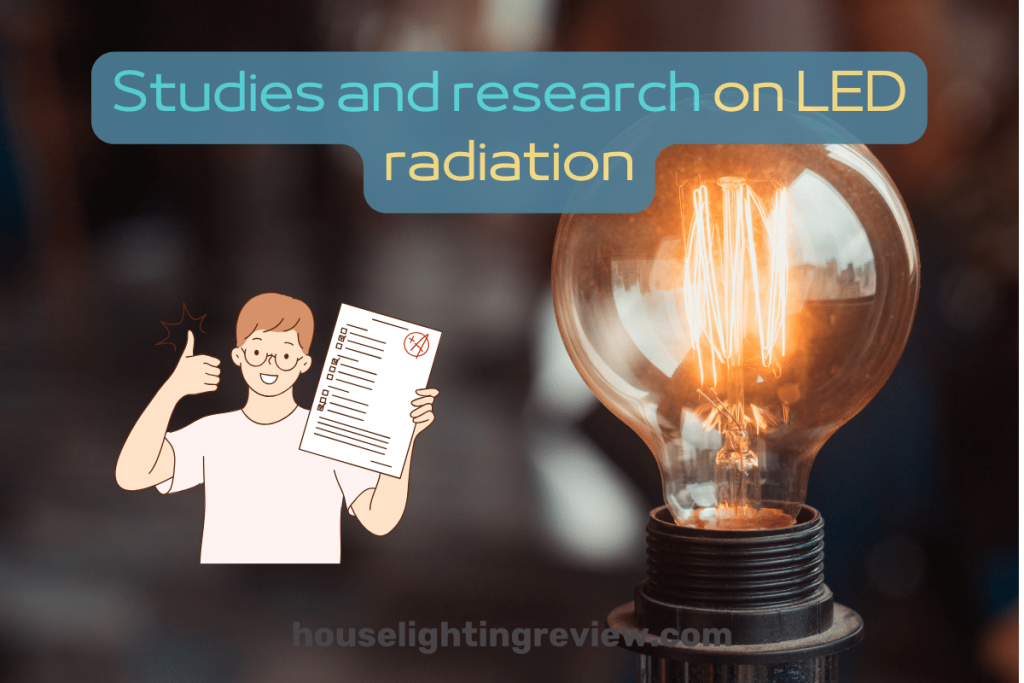
The evaluation of the health and safety effects of LED lighting emissions has been the subject of numerous research investigations.
The effects of particular LED light wavelengths, exposure times, and intensity levels on human health are still being investigated.
Meta-analyses and systematic reviews are also conducted to consolidate findings and provide a clearer understanding of the potential risks associated with LED light exposure, aiding in establishing more accurate safety guidelines.
Possible negative effects discovered by studies
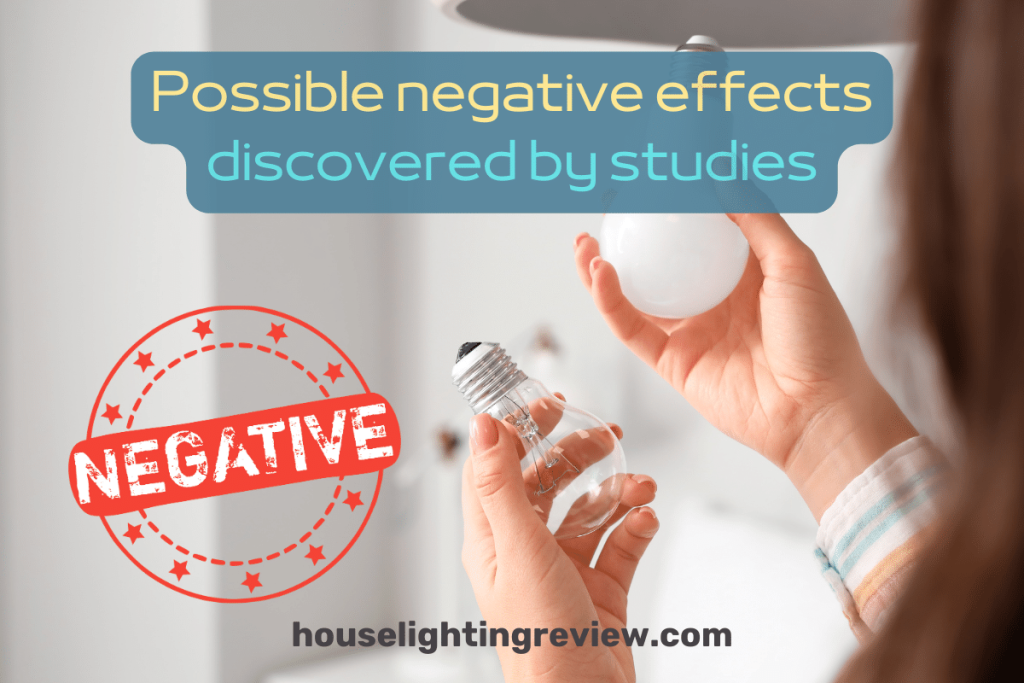
Impact on skin: certain studies investigate the effects of prolonged exposure to LED light on skin health. They analyze the potential for low levels of UV or blue light emitted by LEDs to affect skin cells, leading to concerns about skin aging or damage in specific situations.

Blue light and sleep disruption: research suggests that exposure to blue light emitted by LEDs and screens, especially before bedtime, can disrupt sleep patterns by suppressing melatonin production, affecting sleep quality and the body’s circadian rhythm.

Eye health and blue light exposure: studies indicate that prolonged exposure to high-intensity blue light, common in certain LED sources, might contribute to digital eye strain, causing discomfort, dryness, and potential long-term vision concerns.

These studies and their findings contribute to our understanding of the potential impacts of LED radiation on human health.
Safety and precautions with LED lights
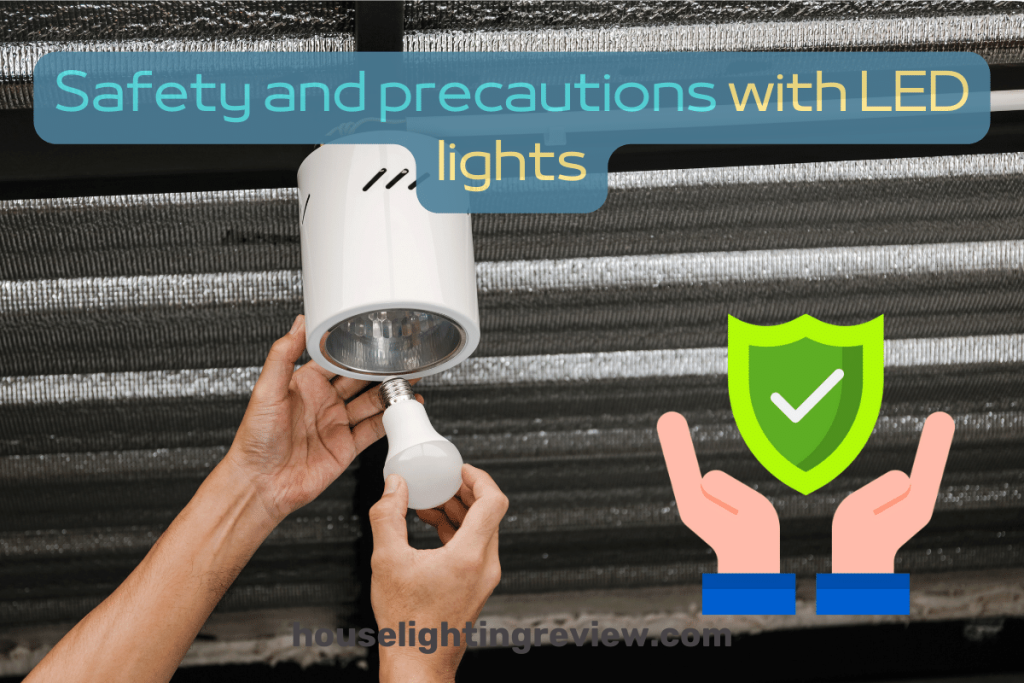
Implementing appropriate safety measures and guidelines when using LED bulbs is essential to mitigate potential risks.
Best practices for the safe use of LED lighting:
- Avoid installing LED lights improperly: follow manufacturer recommendations and guidelines for installing LED lights to ensure safe and effective usage.
- Avoid direct exposure: minimize direct eye contact with brilliant blue LEDs that may emit UV rays, particularly high-intensity ones, and use diffusers or covers where appropriate.
- Appropriate usage duration: to minimize the risk of eye strain and sleep pattern disruption, limit extended exposure to LED light sources that emit UV rays, especially those with high quantities of blue light.
Minimizing exposure to LED radiation:
- Use of shielding: in applications where close contact is typical, use diffusers or shielding to minimize direct exposure to powerful LED light sources.
- Distance and positioning: maintaining a safe distance from LED lighting sources and placing them suitably to minimize direct exposure is important, particularly for UV-emitting LEDs used in specialized applications.
Safety guidelines for different LED applications:
- Household lighting: ensure LED bulbs used for household lighting adhere to safety standards, emit minimal UV light, and operate within recommended parameters.
- Industrial and specialized applications: when using LED lights in industrial or specialized contexts, such as medical equipment, UV light sterilization, or horticultural illumination, adhere to the manufacturer’s specific safety regulations and requirements.
Conclusion
In conclusion, while LED lights emit non-ionizing UV rays, adherence to safety standards and informed use practices ensure their overall safe and efficient use in various applications.
FAQ
Do LED lights affect your health?
LED lights, emitting non-ionizing UV rays, generally pose minimal health risks under standard usage (a smaller amount than in incandescent bulbs).
Is it safe to sleep near LED lights?
Sleeping near LED lights may not pose significant health risks; however, reducing exposure to bright LED light sources before bedtime may aid in better sleep quality.
Are LED lights safe to leave on?
LED lights are safe to leave on for extended periods due to their energy efficiency and minimal heat emission.
Are LED lights safer than incandescent?
LED lights are typically considered safer than incandescent bulbs due to their lower heat production, energy efficiency, and reduced environmental impact.
What is radiation?
Radiation encompasses a broad spectrum of energy emissions, which can be classified into different types based on its effects and characteristics. It refers to the emission of energy in the form of waves or particles from a source. It includes various types of energy, each with its properties and effects.
What are the types of radiation?
Ionizing radiation: X-rays, gamma rays, and specific kinds of ultraviolet radiation (UV rays) fall under this category. Depending on the amount and length of exposure, ionizing radiation can present serious health hazards, including damage to DNA and an increased risk of cancer.
Non-ionizing radiation: lower energy radiation that is incapable of ionizing atoms or molecules. While extended exposure to some types of non-ionizing radiation can still have negative effects on health, non-ionizing UV radiation is generally thought to be less damaging to biological tissues than ionizing radiation.
What are LED lights?
Semiconductor-based LED lights emit white light by converting electrical energy. LED lights are very energy-efficient and produce very little heat (compact fluorescent lights: heat makes up 80% of the energy in fluorescent lights; incandescent light bulb: nearly 90% of the energy in incandescent light bulbs).
They are made of semiconductor diodes, unlike incandescent lights, which produce white light. Typically, layers of semiconductor materials are used in the construction, each of which is helpful in producing white light with a particular wavelength.
How do LED lights emit light?
LED lights emit light using a process known as electroluminescence, in which photons are produced by the movement of electrons within the semiconductor material.


